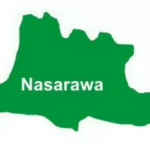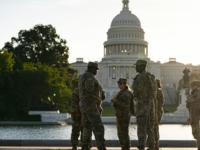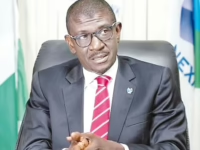Similar to other vital sectors within Nigeria’s economy, the healthcare system faces numerous obstacles, largely stemming from years of neglect and insufficient funding. Issues such as overcrowded facilities, a deficit of qualified medical personnel, antiquated infrastructure, poor upkeep, frequent shortages of essential medications, unreliable electricity, and lack of potable water have left healthcare services in Nigeria struggling to function effectively.
These persistent problems, combined with the rapidly rising prices of pharmaceuticals, have made it increasingly difficult for many Nigerians-particularly those in lower socioeconomic groups living in urban slums and rural communities-to access affordable and quality healthcare.
The most affected by these deficiencies are the impoverished and rural populations, who often resort to traditional medicine. While these alternatives may offer some relief, they also raise concerns about safety and standardisation, posing additional health risks.
In rural Nigeria, healthcare efforts primarily focus on improving maternal and child health, expanding immunisation coverage, preventing malaria, and delivering other fundamental services. These responsibilities largely fall under the primary healthcare system managed by state and local governments.
Despite the World Health Organization’s (WHO) recommendation that countries allocate at least 15% of their national budgets to health, Nigeria has consistently failed to meet this target. This shortfall persists even though Nigeria endorsed the 15% benchmark through the 2001 Abuja Declaration, a commitment made by African Union member states.
For example, the health sector’s share of Nigeria’s budget was only 5.78% in 2015, dropping to 4.13% in 2016, 4.09% in 2017, 3.91% in 2018, 4.18% in 2019, and slightly rising to 4.33% in the 2025 budget. Research on post-pandemic health financing reveals that state governments collectively allocate more funds to healthcare than the federal government, although increased spending does not always equate to improved health outcomes.
Health indicators in northern Nigeria remain among the lowest nationwide, with the northwest region exhibiting particularly troubling statistics. This area suffers from elevated maternal and child mortality rates, limited access to healthcare services, and many facilities lacking even basic amenities.
Research indicates that residents in the Northwest face a scarcity of healthcare centers and a shortage of medical professionals, many of whom are overburdened and poorly compensated. Additionally, the high cost of essential treatments further restricts access. Tackling these issues demands a comprehensive strategy, prompting calls for state governments to prioritize healthcare delivery to safeguard the population’s health and welfare.
Jigawa State, under the leadership of Governor Umar Namadi, has emerged as a frontrunner in addressing these challenges. The state has made notable strides in elevating healthcare standards over the past two years.
Historically plagued by high child and maternal mortality rates, malnutrition, stunting, and inadequate immunisation, Jigawa has recently achieved commendable progress. According to a United Nations Children’s Fund (UNICEF) report, the state has seen a 25% decline in child and maternal deaths.
To date, 181 health facilities have been refurbished and modernized. The government has also established five Dialysis Centres providing free kidney treatment, introduced free therapy for patients with hypertension, diabetes, and sickle cell disease, and enrolled 143,000 disadvantaged individuals in the state’s health insurance program. Furthermore, 187 medical students have been sponsored to study in Cyprus. The innovative “Girl for Health” initiative recruits qualified girls from rural communities into health colleges, with the commitment that they return to serve their hometowns after graduation. The state continues to champion programs promoting safe motherhood, such as ‘Haihuwa Lafiya’ and ‘Jakadan Lafiya’ (Health Ambassador Volunteers).
These efforts have yielded positive results, with immunisation coverage rising to approximately 70% and child stunting rates decreasing from 64% in 2018 to 55% in 2024, according to the National Demographic and Health Survey (NDHS).
While progress is evident from both development partners’ reports and on-the-ground data, there remains significant room for Jigawa to become a benchmark for healthcare excellence in the Northwest and the broader northern region. Establishing a system grounded in transparency and accountability will be crucial to sustaining and expanding these gains.






















